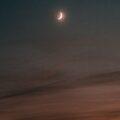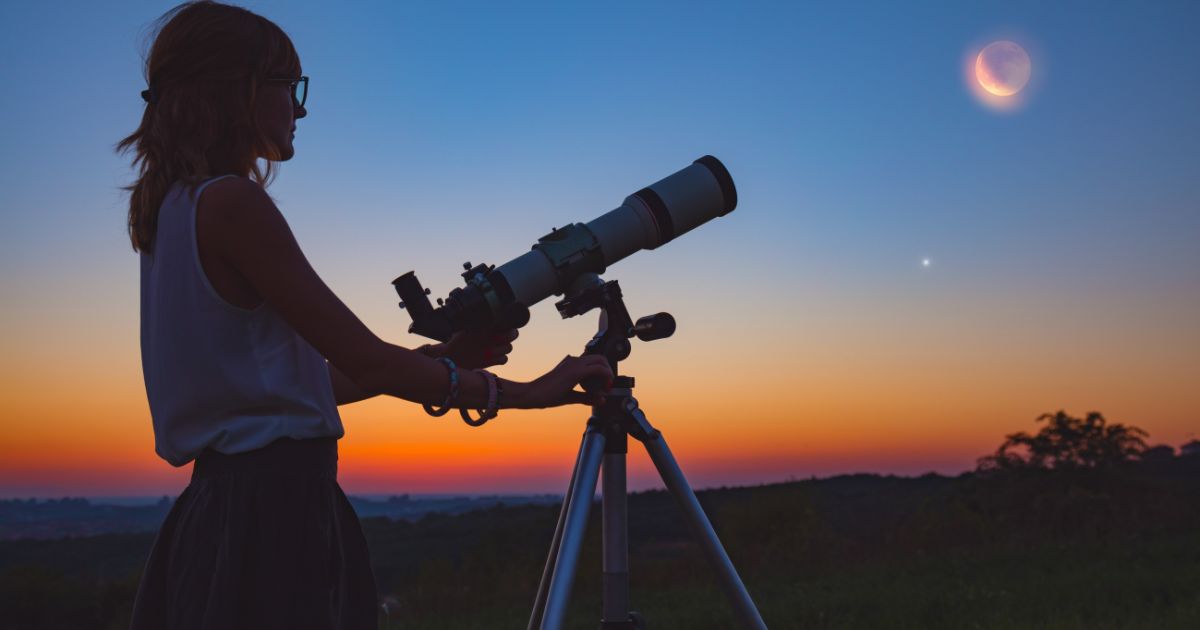The full moon (June 3rd) is low in the southeast after twilight. Venus is still the brightest planet in the western sky. On June 2, Mars (the next brightest object) will have orbited in front of the Beehive Star Cluster in the constellation Cancer. You will see a spattering of faint stars behind the much brighter Martian point of light.
On the 21st (Summer Solstice), the crescent moon again joins Venus and Mars low in the western sky after sunset. They may all fit within your binocular field of view. It is neat to compare their distances. The moon is 400,525 km, Venus is 215 times farther (86 million km), and Mars is almost four times farther than Venus (321 million km) from us. The two planets appear closest together on June 30th at about 3.5 degrees apart.
JUNE 2023 NOTABLE DATES:
June 4 (Sun) Full Moon, Venus at eastern elongation in the evening
June 6 (Tue) Moon at Perigee
June 18 (Sun) New Moon
June 21 (Wed) Solstice, Sun enters Gemini
June 22 (Thu) Moon at Apogee





One of Canada’s foremost writers and educators on astronomical topics, the Almanac has benefited from Robert’s expertise since its inception. Robert is passionate about reducing light pollution and promoting science literacy. He has been an astronomy instructor for our astronauts and he ensures that our section on sunrise and sunset, stargazing, and celestial events is so detailed and extensive it is almost like its own almanac.












